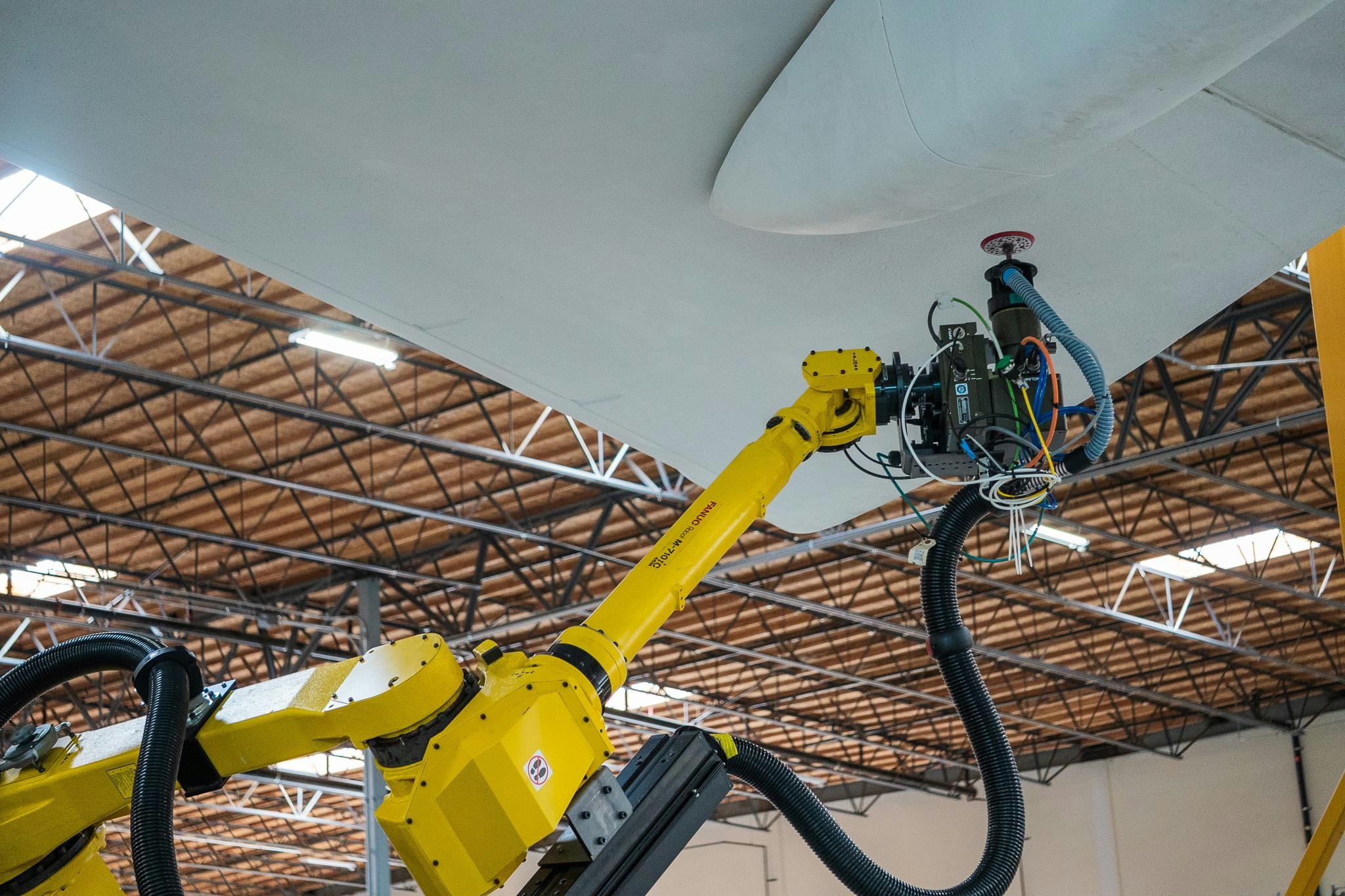
AeroGenie — Seu copiloto inteligente.
Tendências
Categories
Bayraktar Akıncı Drone Flies Using Ukrainian Engines and Precision Munitions
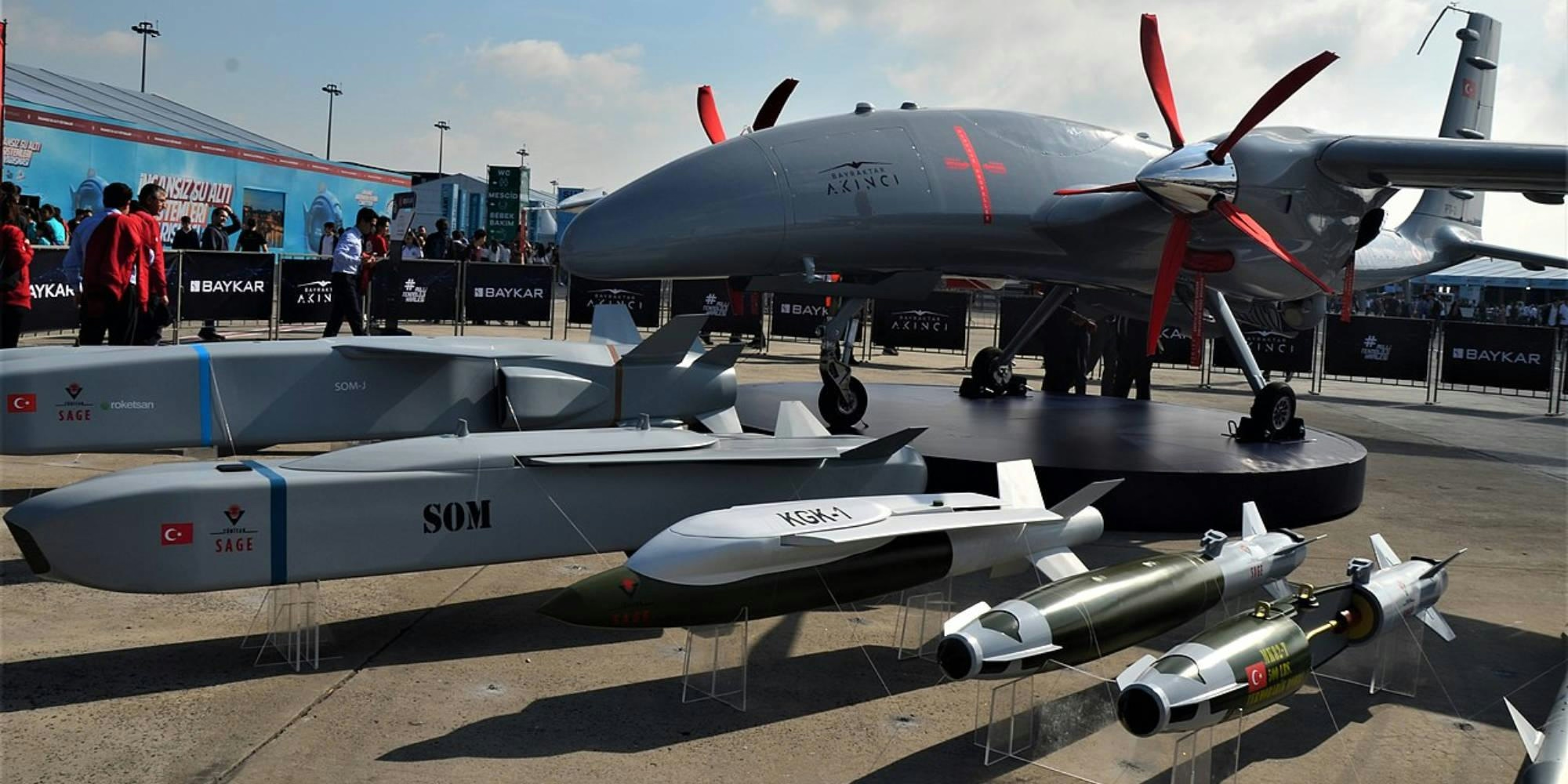
Bayraktar Akıncı Drone Integrates Ukrainian Engines and Precision Munitions
Turkish defense manufacturer Baykar has released new footage showcasing its Bayraktar Akıncı strike drone, emphasizing the integration of Ukrainian-made AI-450T turboprop engines alongside advanced loitering munitions. The video, shared by Baykar’s technical director Selçuk Bayraktar, depicts the Akıncı executing runway taxiing, takeoff, and remote precision strikes controlled from a ground station.
Powered by twin AI-450T engines supplied by Ukraine, the Akıncı is designed for high-altitude, long-endurance missions, capable of operating above 39,000 feet (12,000 meters) for up to 24 hours. This capability is essential for both strike and reconnaissance roles, particularly as modern conflicts increasingly demand persistent surveillance and rapid response.
Recent tests demonstrated the Akıncı’s deployment of the latest Alpagut and Eren loitering smart munitions, engineered for precise targeting across a range of threats. The drone’s modular design supports a payload capacity of up to 1,350 kilograms, accommodating air-to-ground missiles, precision-guided bombs, and various smart munitions. Planned upgrades include advanced sensors, phased-array radar, and high-resolution optical systems to enhance operational effectiveness.
Development, Operational Use, and Strategic Implications
The Akıncı project commenced in 2018, with the first prototype unveiled that year. In 2019, Baykar entered a partnership with Ukraine’s state-owned Ukrspetsexport to advance high-precision weapons and aerospace technologies, culminating in the integration of Ukrainian engines. The drone made its public debut at Teknofest 2019, highlighting its role as a heavy combat UAV with a 20-meter wingspan.
Baykar’s drones gained international recognition during the early phase of Russia’s 2022 full-scale invasion of Ukraine, where they were credited with destroying Russian armored vehicles. However, as Russian air defenses and electronic warfare capabilities have evolved, Bayraktar drones have increasingly shifted to reconnaissance missions due to elevated risks associated with offensive operations.
The ongoing conflict has exposed significant challenges for Ukraine. The high cost of traditional missile-based air defenses against relatively inexpensive Russian drones has placed considerable strain on resources. Concurrently, Ukraine faces growing pressure to strengthen its air defense network in anticipation of a potential large-scale Russian drone offensive projected for 2025. Additionally, the procurement and maintenance of advanced drone technology continue to present substantial logistical and financial obstacles for Kyiv.
Market dynamics reflect these pressures, with rising demand for drones and precision munitions. In response, Russia is reportedly accelerating its own drone production and developing countermeasures aimed at neutralizing Ukrainian drone capabilities, intensifying the technological arms race in the region.
Looking forward, Baykar is preparing to commence production of its next-generation Kizilelma combat UAV at its Ukrainian facility later this year. This initiative, powered by Ukrainian-made AI-322F engines from Ivchenko-Progress, represents a significant advancement in the defense partnership between Kyiv and Ankara, further deepening technological collaboration amid ongoing security challenges.

VSE Acquires Aero to Expand Aviation Services
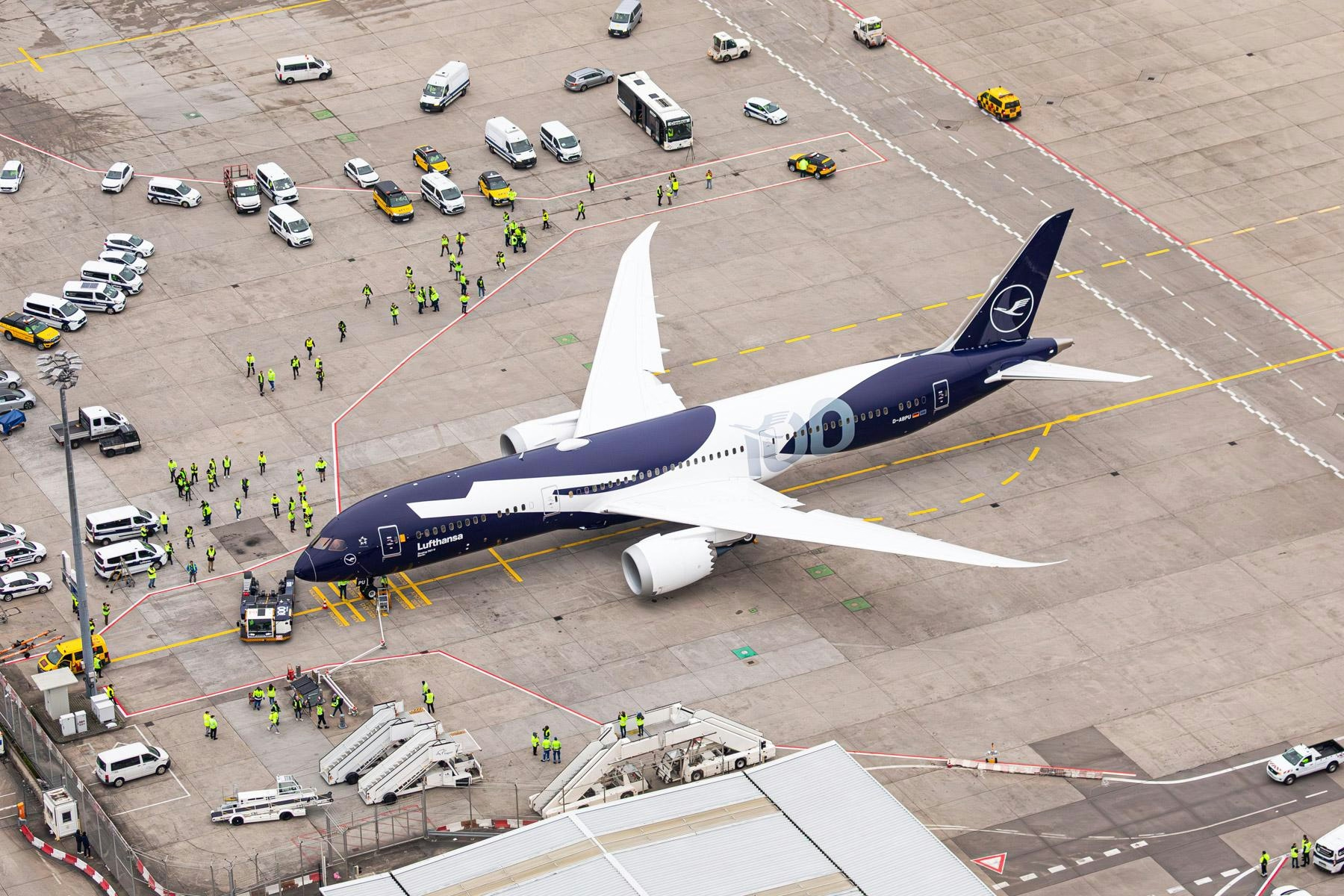
Lufthansa Receives First Boeing 787 on Anniversary
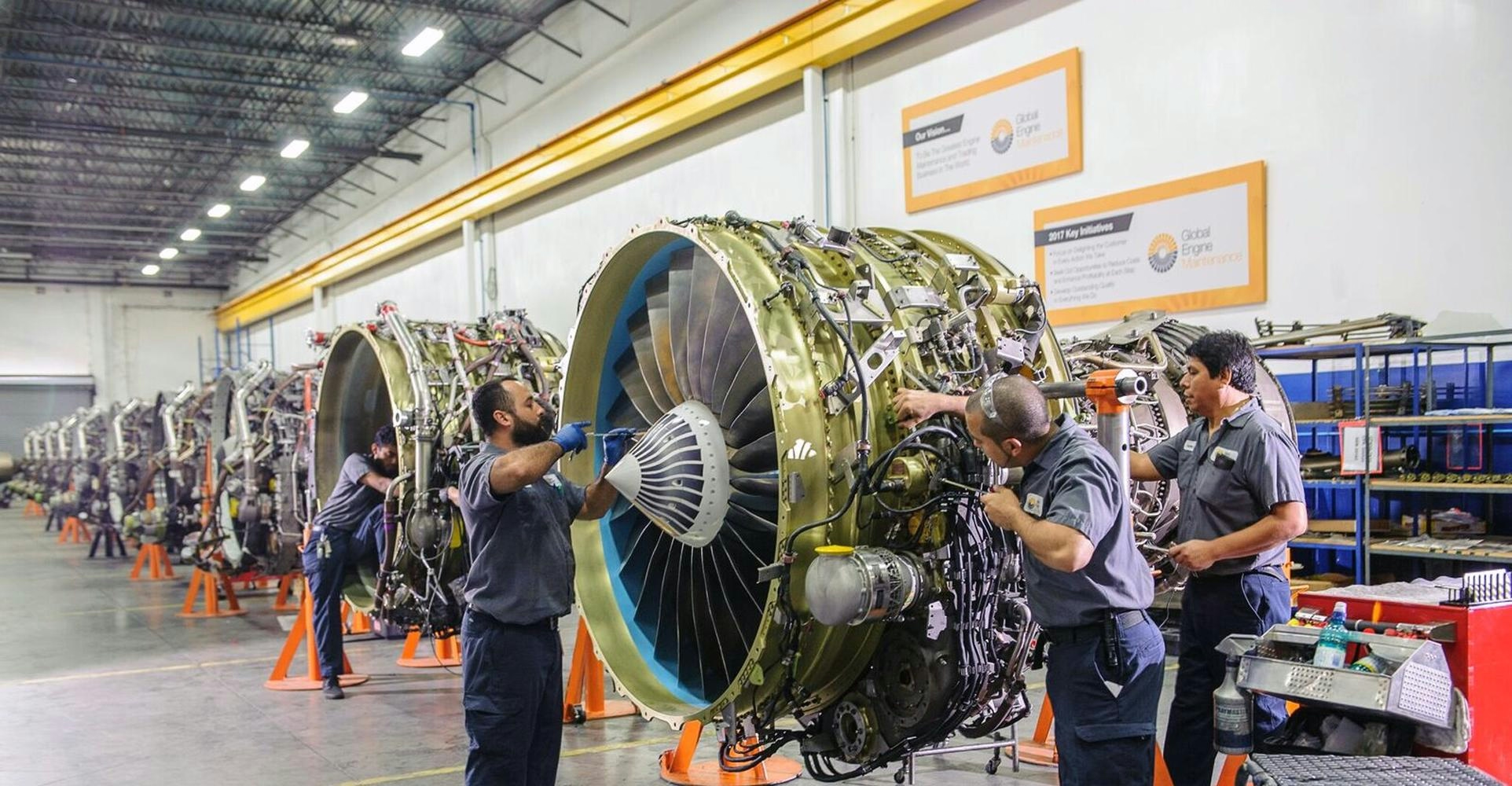
Willis Lease Finance Secures $600 Million Aviation Partnership
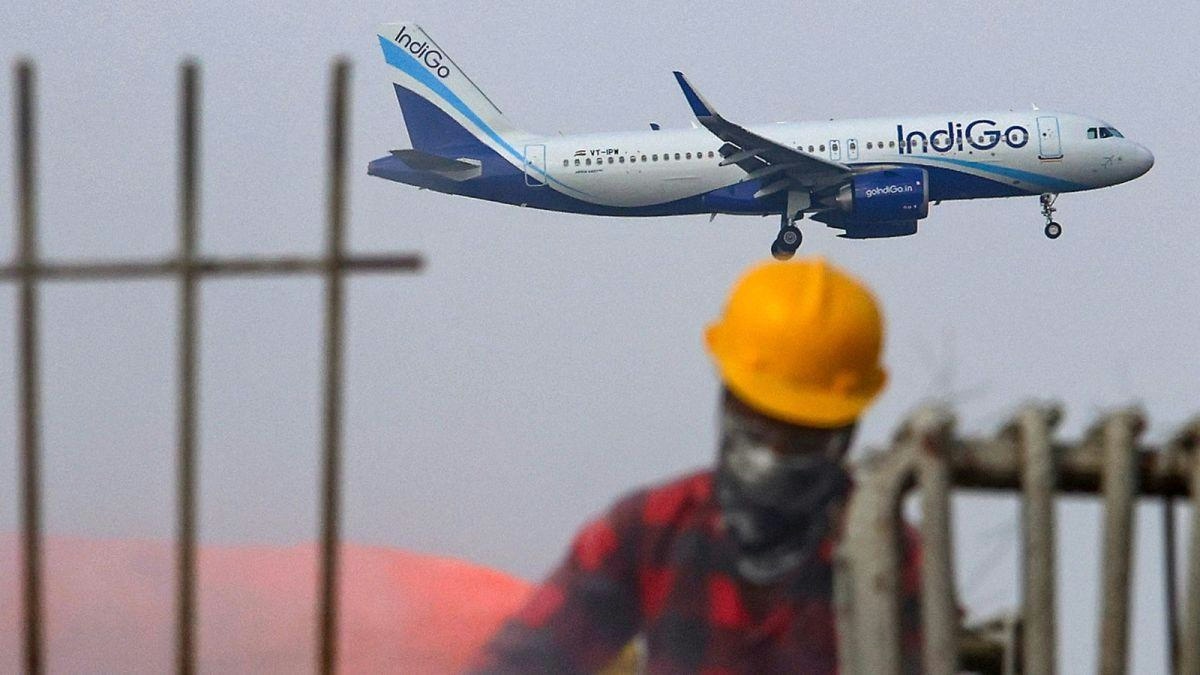
IndiGo to wet-lease 7 aircraft from Qatar Airways and Freebird to boost domestic capacity
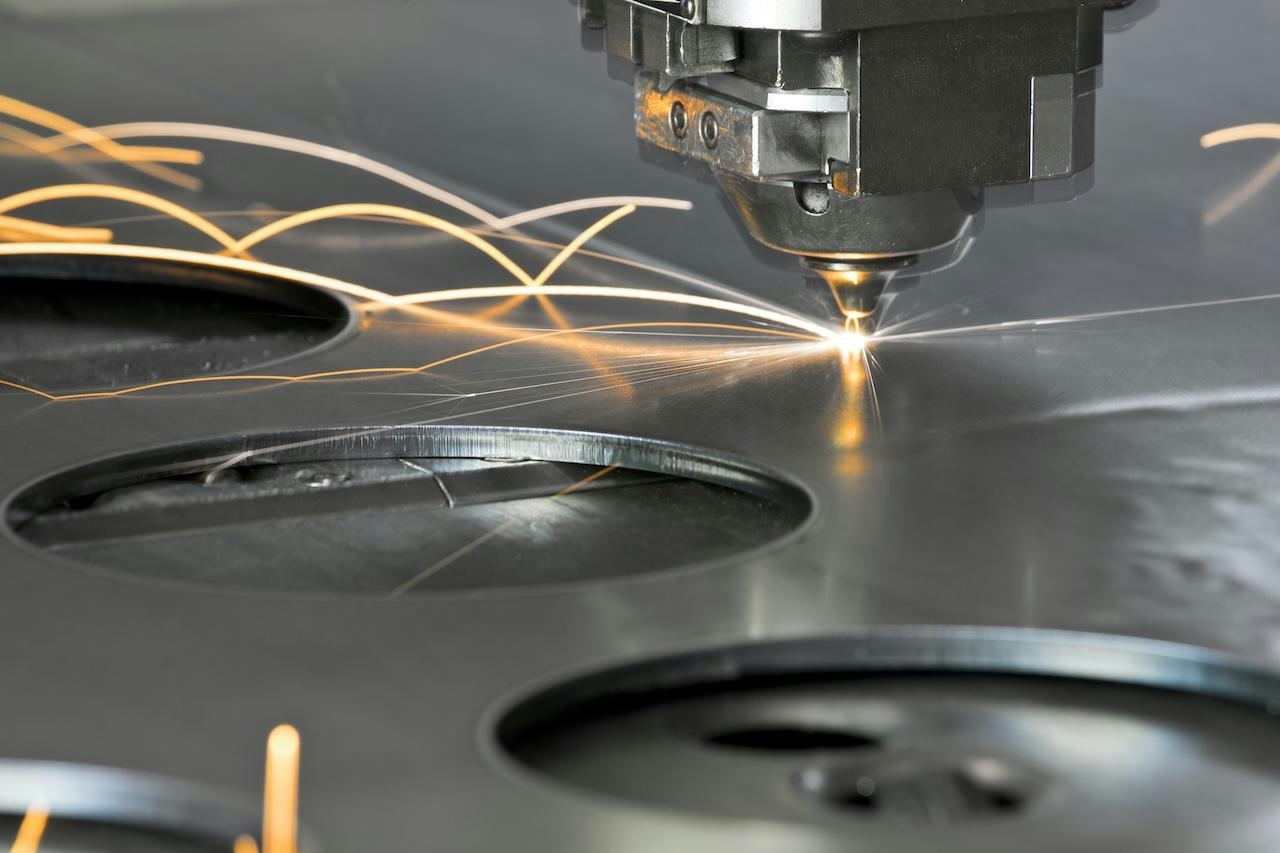
Howmet’s $1.8B CAM Deal Targets the Aerospace Supply Chain’s Pressure Points

AI-Driven Airline Pricing Adds to Holiday Travel Stress
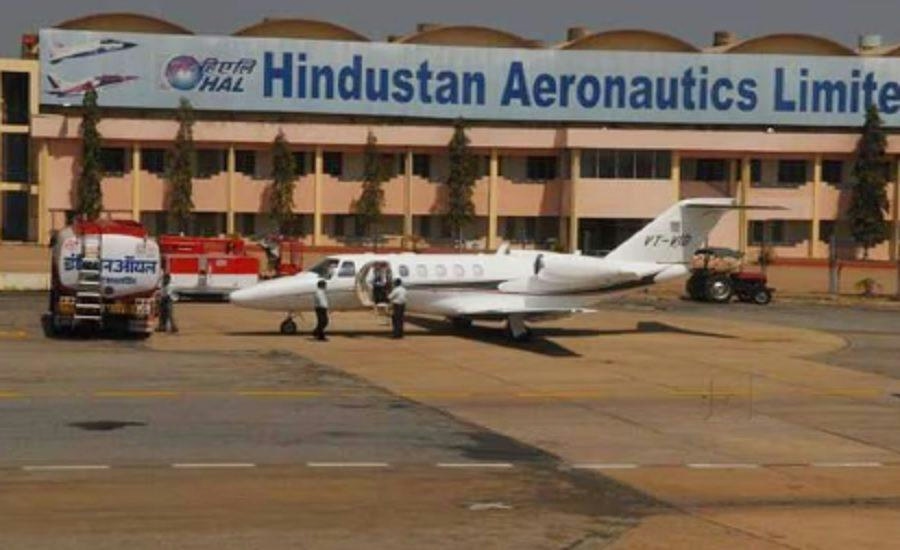
HAL Nasik Shortlists Candidates for Chief Quality Manager Role in Civil MRO Expansion
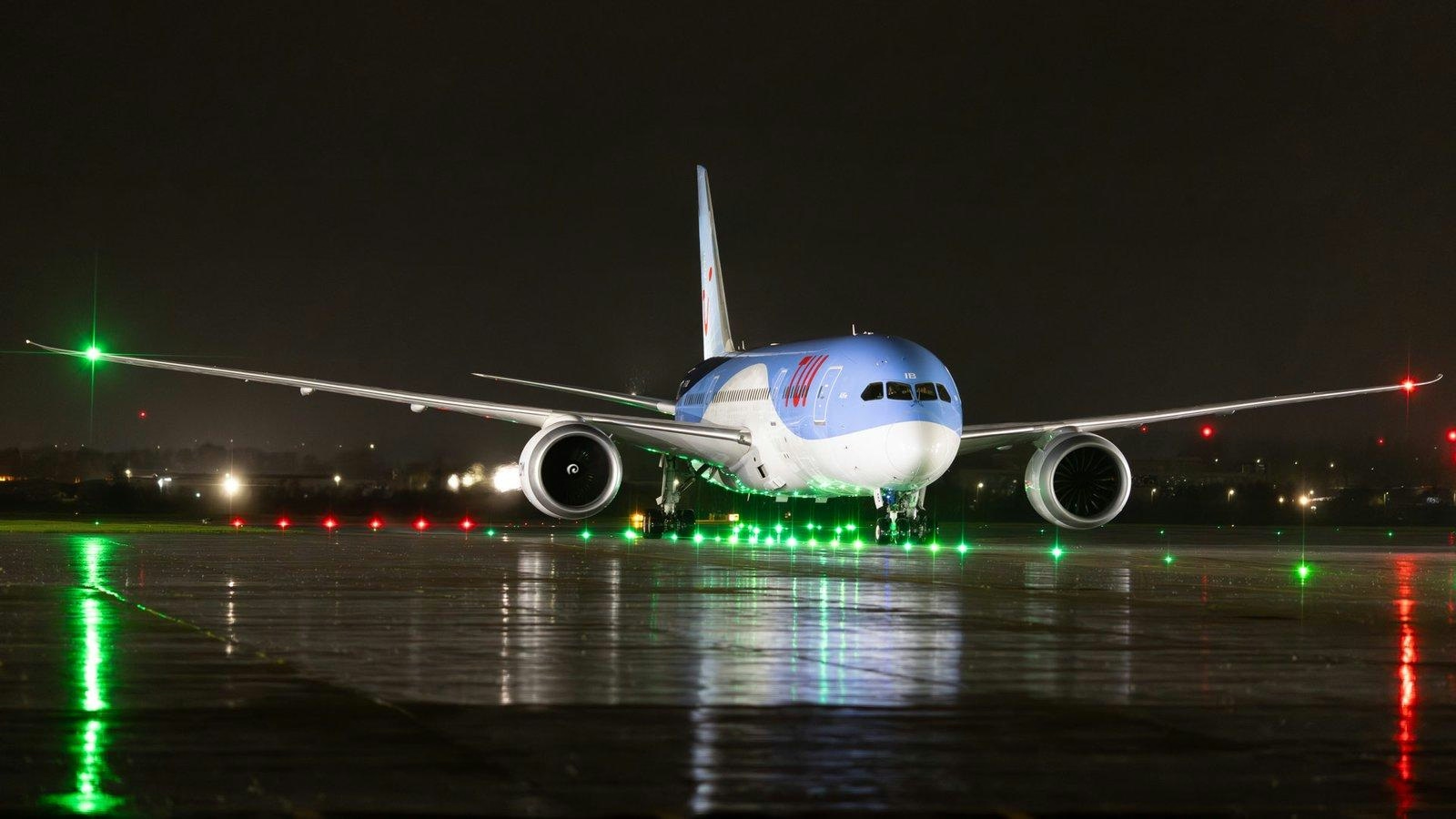
High Ridge Aviation Acquires Aircraft from CDB and BBAM
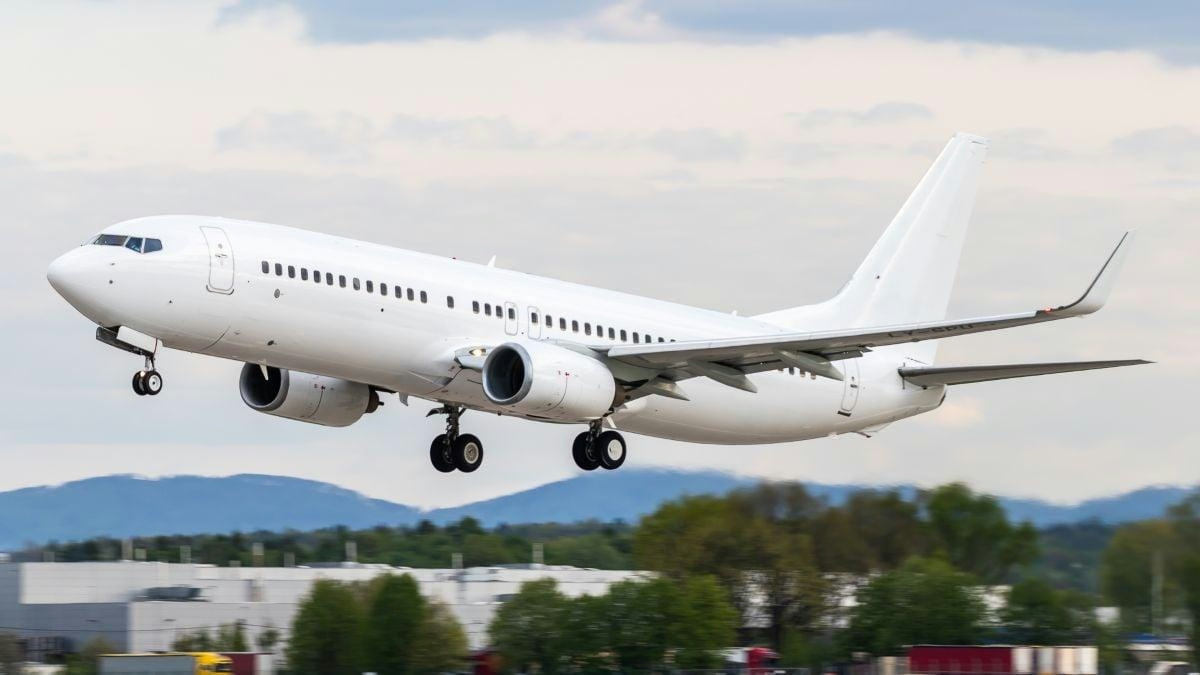
KlasJet Expands Air Peace Fleet with Boeing 737
